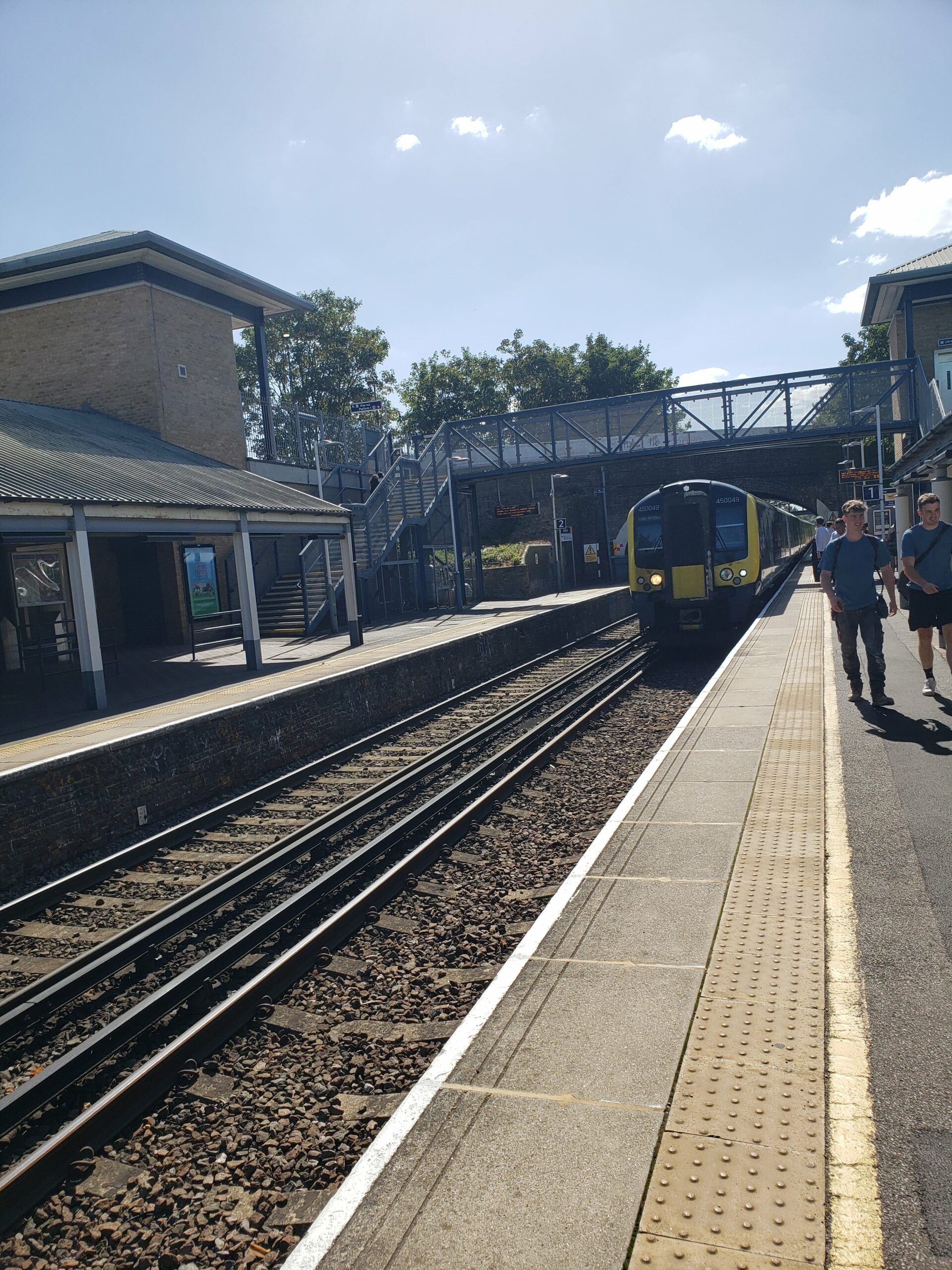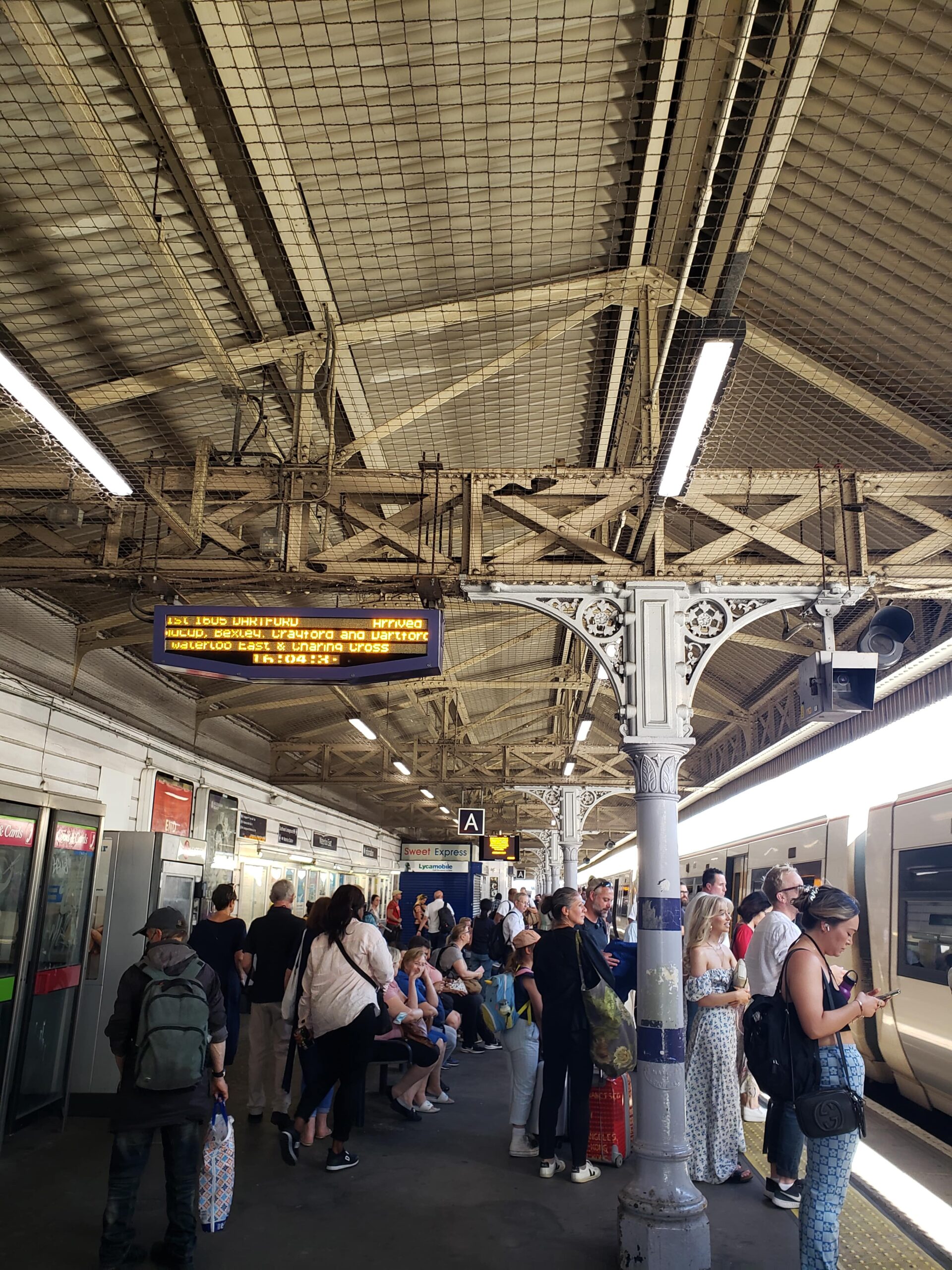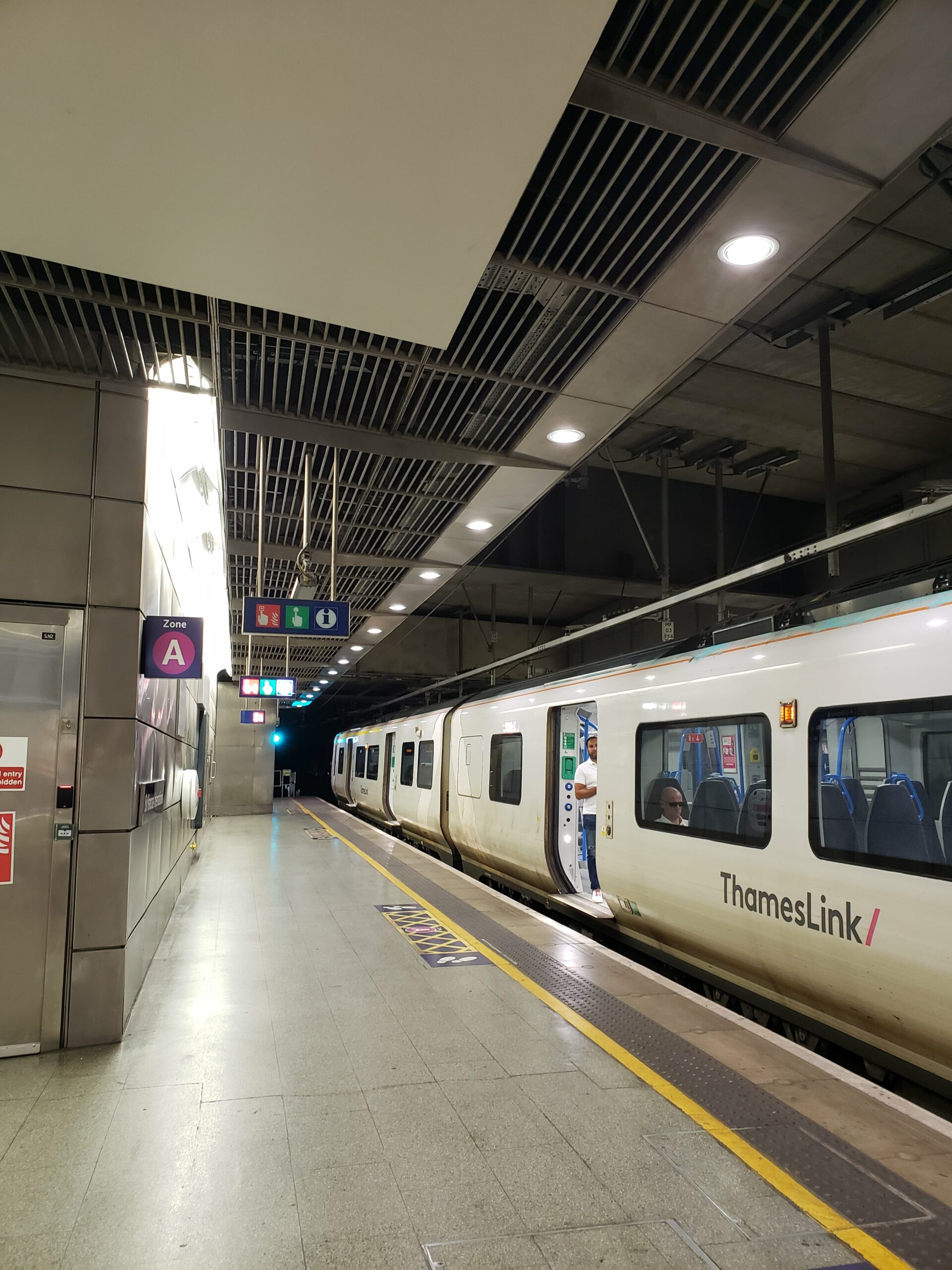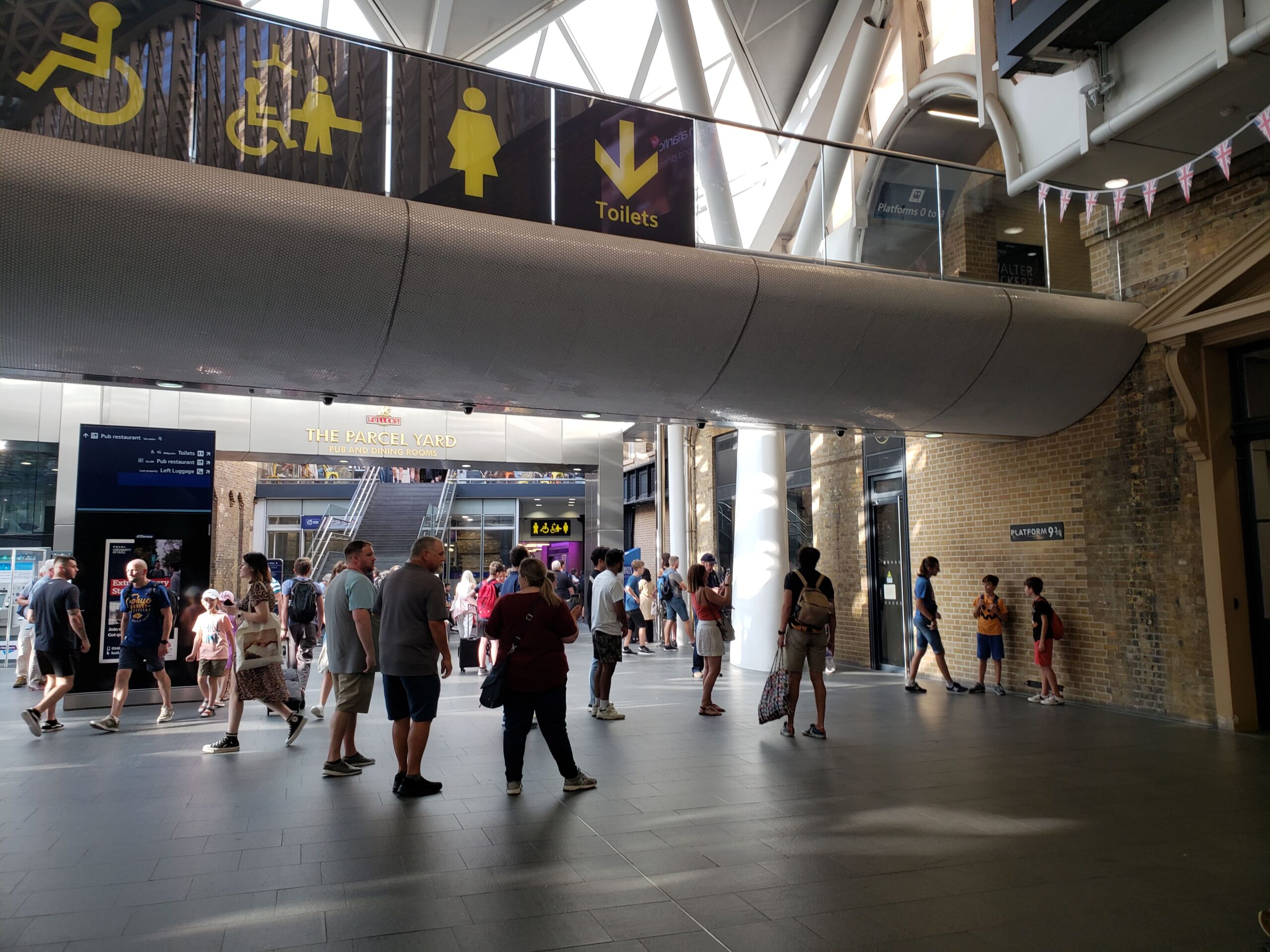I’ve been finding a topic interesting enough to jump-start my blog (except the intro post long ago) – and the public transit strike in the UK seems to have given me quite an adventure enough to make for the best topic.
The RMT union seems to have been kind enough to have National Rail and London Underground strikes on alternate days which, incidentally, make for a great pressure test on how robust the London transport system is.
Strikes are hardly pleasant, but given the economic hardships of COVID-19 and the inflation caused by, among other things, the war in Ukraine, I could understand why it is that so many workers are striking right now.
For the record, I was in London on my way to the Edinburgh Fringe. I originally planned my trip on Thursday August 18 but due to the strike, I’m off one day late.
The trip
My hotel is in Brentford, near Brentford railway station (Southeastern to Waterloo) and South Ealing Underground station (Piccadilly Line).
I had to get to my train to Edinburgh, departing from King’s Cross at 7pm. Normally, the fastest route would have been to take the Piccadilly Line to King’s Cross St. Pancras.
I still had other options without the Tube. Google maps told me to take the bus from Waterloo all the way through town. Fearing traffic jams, I decided to try an all-rail option.

Route planning
I need to get to King’s Cross, and the adjacent St. Pancras is a station on the Thameslink, the main north-south rail link in London.
Thameslink doesn’t have a stop at Waterloo where the train from Brentford goes to, so I need to take a short connection from Waterloo to London Bridge.
Solved: a train trip with two transfers, taking a bit more than an hour.
Part 1: Brentford to Waterloo
The first part of the journey across London is a ten-minute walk from my hotel to Brentford, from which there’s a half-hourly train to Waterloo.
The train came at 3:24pm.
Comfortable, not many people.
Half an hour later, I’m at Waterloo Station. Crowded, but still bearable.

Part 2: Waterloo East to London Bridge
To take the Thameslink (and thence to St. Pancras), I have to walk to Waterloo East Station across the bridge and take a train for one stop.
Since I’m taking a train away from London on a Friday afternoon, the train was more crowded – but less crowded than I’d have expected.

Part 3: London Bridge to St. Pancras (and thence to King’s Cross)
Strangely, London Bridge doesn’t look too crowded, and I could find seats on the Thameslink trains as well.
Perhaps 4pm on a Friday is still too early for rush hour? Perhaps I’m too used to people off work early on Fridays back home in Stockholm.
In any case, I’m at St. Pancras Station by 4:38pm. Total: 1 hour and 14 minutes.

Conclusion: It’s important to have a range of transport options
London has a robust transit network that allows people to survive moving around during times like strikes. Understandably, it probably won’t be pleasant during peak hours, but in this case I can still take the train instead of the Tube (or vice versa).
And then there are also buses that sometimes run parallel to Tube/train lines, bicycles, and walking.
A range of transport options would also serve different travel contexts. For example, I was traveling with two suitcases and wouldn’t be able to walk for long distances. If I were, to say, commuting to Central London for work, then cycling (or running, as I used to do) would be a good option.
Strikes bring inconvenience, but it’s important to consider the workers that keep the transit system running. Their working conditions are not always pleasant and with the current stagflation, the need for better wages and better working conditions is clear.
